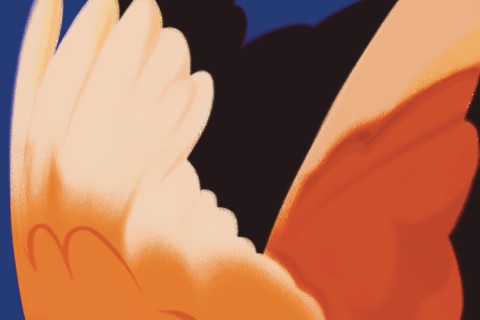Borderland churches: Faith and identity in Ukraine

The scenes at Kiev’s Independence Square in November and December 2013 remain vivid in my mind. Hundreds of thousands of Ukrainians gathered to protest President Viktor Yanukovych’s decision, under Russian pressure, to walk away from a cooperative agreement with the European Union. A tent city quickly arose on the square—which Ukrainians refer to as the Maidan—and other protesters occupied nearby government buildings. But in February 2014, when the security forces tried to clear the square, shots rang out. More than a hundred protesters died, as well as several dozen police officers, before President Yanukovych yielded power and fled the country.
Christian churches played a major role in these events. Bearded priests in liturgical garments opened and closed the day on the square by chanting prayers from the huge stage on which protest leaders rallied support. As the confrontation intensified, priests and monks entered the no man’s land between the protesters and the security forces, held icons and crosses, and prayed for peace. Parishes provided food and medical supplies. Church leaders called for a government that would respect human rights and the rule of law. Protestant, Catholic, and Orthodox believers came together to envision a nation freed from the clutches of political and economic corruption.
The events on the Maidan have led to calls to establish a national Ukrainian church, and much in Ukrainian history and culture suggests that such a church could help unite the country. But Ukrainians differ as to which of their churches should play this role, and any effort to establish a national church might only deepen religious divisions and stoke narrow nationalistic political tendencies.





